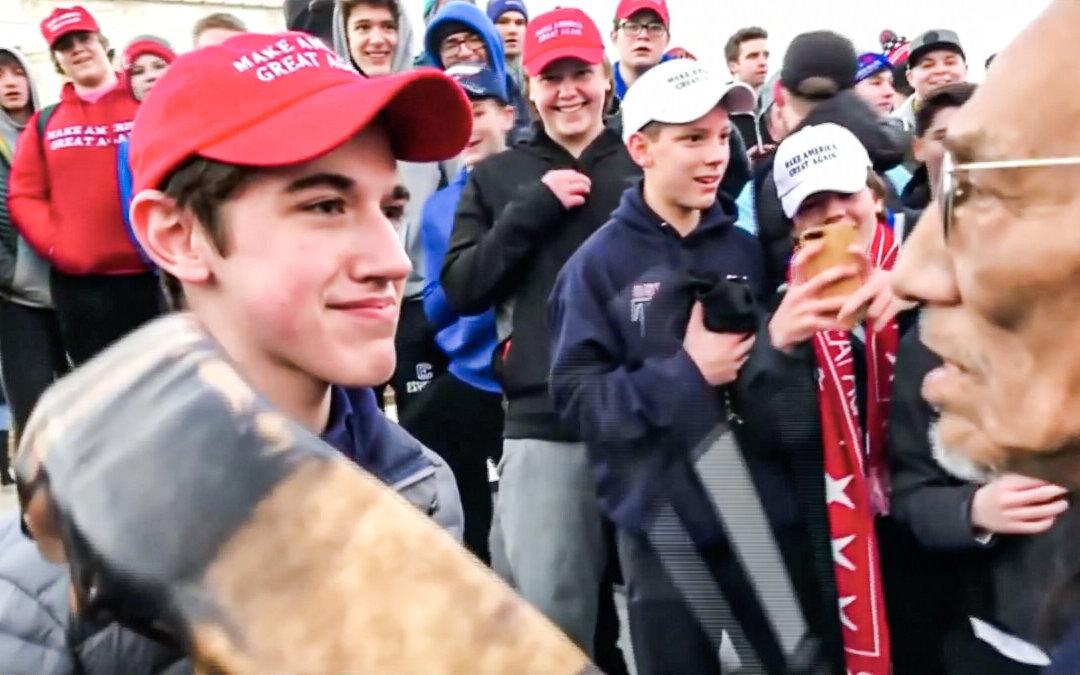Libel lawsuits brought by Nick Sandmann against a string of media outlets were dismissed by a U.S. District Court in Eastern Kentucky this week, which ruled that statements claiming that he “blocked” a Native American man were “protected opinions.”
Sandmann filed lawsuits against ABC, CBS, CNN, Gannett, NBC, The New York Times, Rolling Stone, and The Washington Post in 2019 after an incident at a March for Life protest at the Lincoln Memorial in Washington.




